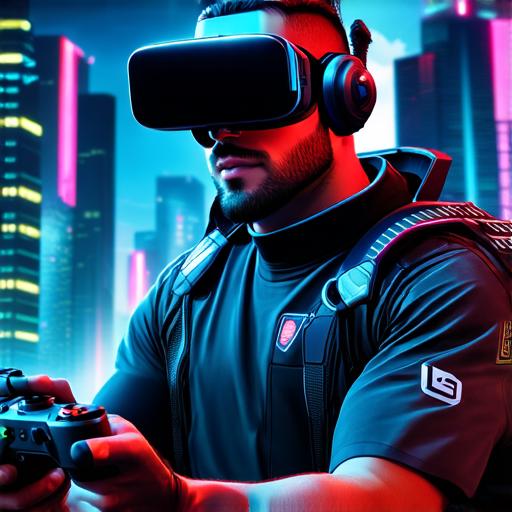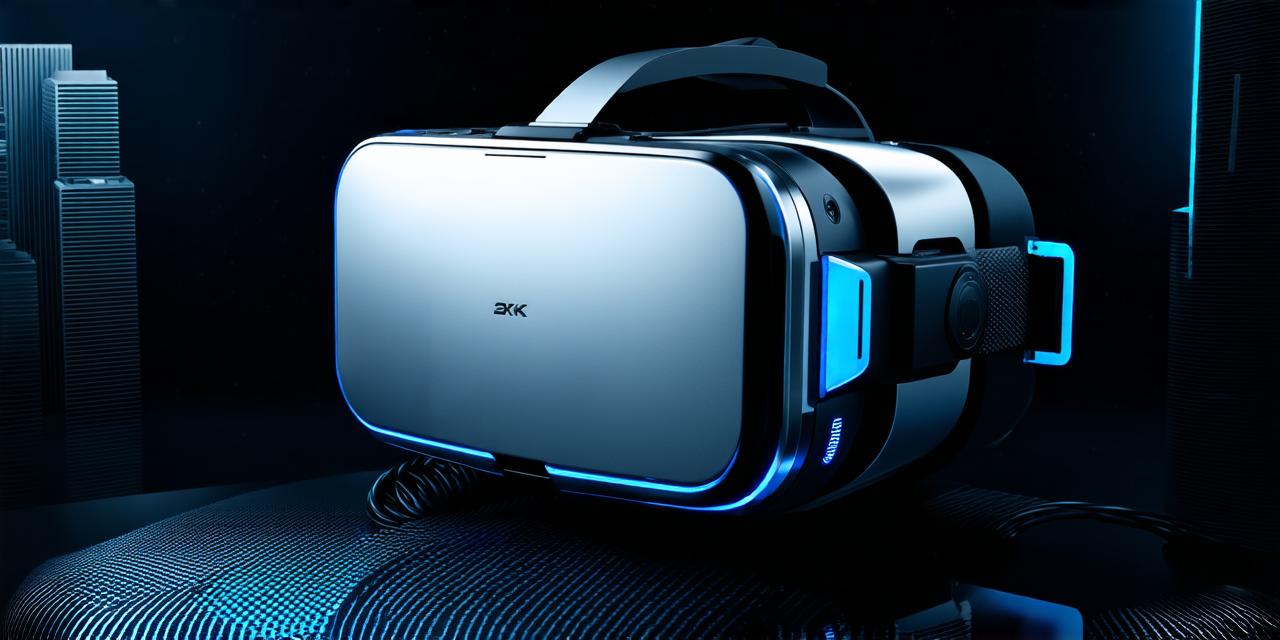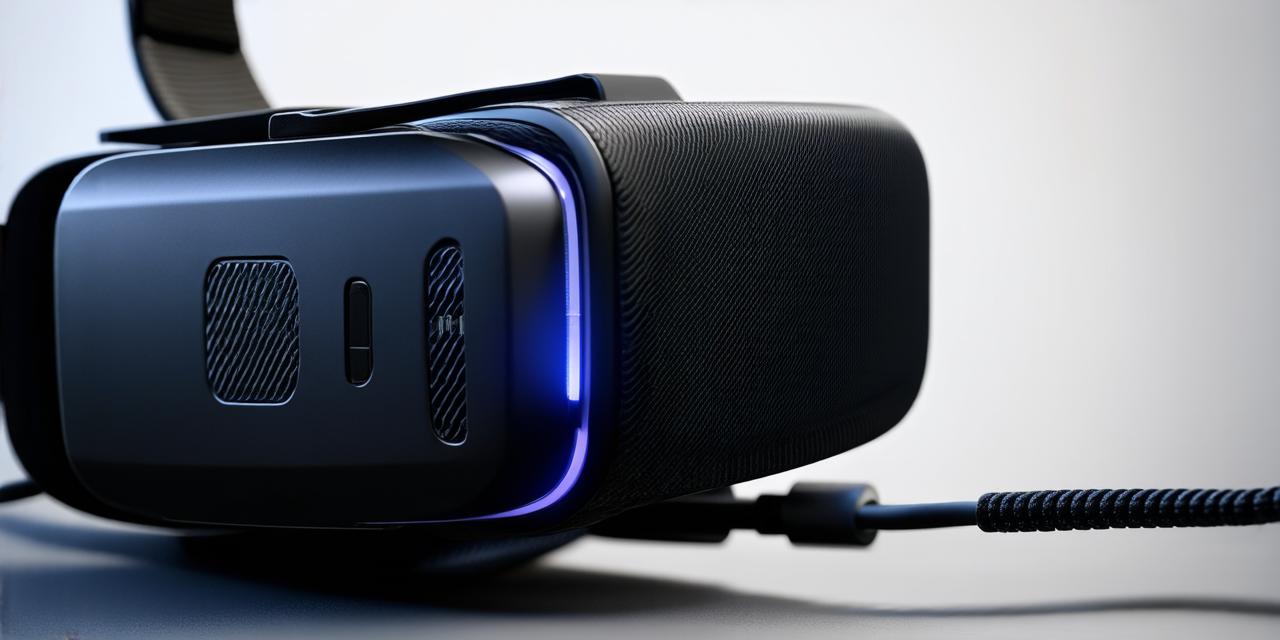Virtual reality (VR) games have come a long way since their inception. From simple 3D graphics to immersive, realistic environments, VR games have evolved significantly in recent years. But what about the size of these games? How large do they actually take up? In this article, we will explore how the size of VR games varies and what factors influence their file sizes.
File Size: A Factor of Graphics Quality
One of the main factors that determine the file size of a VR game is the graphics quality. Higher resolution textures and more detailed environments require more storage space, which translates into larger file sizes. For example, games with realistic lighting and high-resolution textures will take up significantly more space than games with lower resolution visuals.
File Size: A Factor of Gameplay Length
The length of gameplay is another factor that influences the size of VR games. Games with longer playtimes require more storage space than games with shorter playtimes. This is because longer games require more assets, such as textures, models, and audio files, which all contribute to the overall file size of the game.
File Size: A Factor of Game Engine Technology
The technology used to develop a VR game can also impact its file size. Different game engines have different capabilities when it comes to managing assets and optimizing file sizes. For example, Unity is known for its ability to export games in smaller sizes compared to other engines such as Unreal Engine. This is because Unity uses a technique called “asset bundles” to compress and package assets into smaller files, which reduces the overall size of the game.
File Size: A Factor of Compression Technology
Another factor that affects the file size of VR games is the compression technology used. Games that use lossless compression, such as ZIP or RAR, will take up more space than games that use lossless compression. This is because lossless compression preserves the original quality of the files, whereas lossless compression reduces the file size by discarding some of the data.
Case Studies: Virtual Reality Games and File Size
Beat Saber is a popular rhythm game that has become a staple in the VR community. The game’s file size is relatively small, weighing in at around 1GB. This is due to the game’s simple graphics and limited content, which results in a smaller file size.
On the other hand, Half-Life: Alyx is a more complex VR game that requires a significantly larger file size. The game’s file size is approximately 20GB, which is largely due to its detailed environments, high-resolution graphics, and complex storyline.
Personal Experience: Developing a VR Game with Limited File Size

As an AR developer, I have firsthand experience with the challenges of developing a VR game with limited file size. When creating my VR game, I had to be mindful of the file size and make sure that I was not including unnecessary assets that could bloat the file size.




